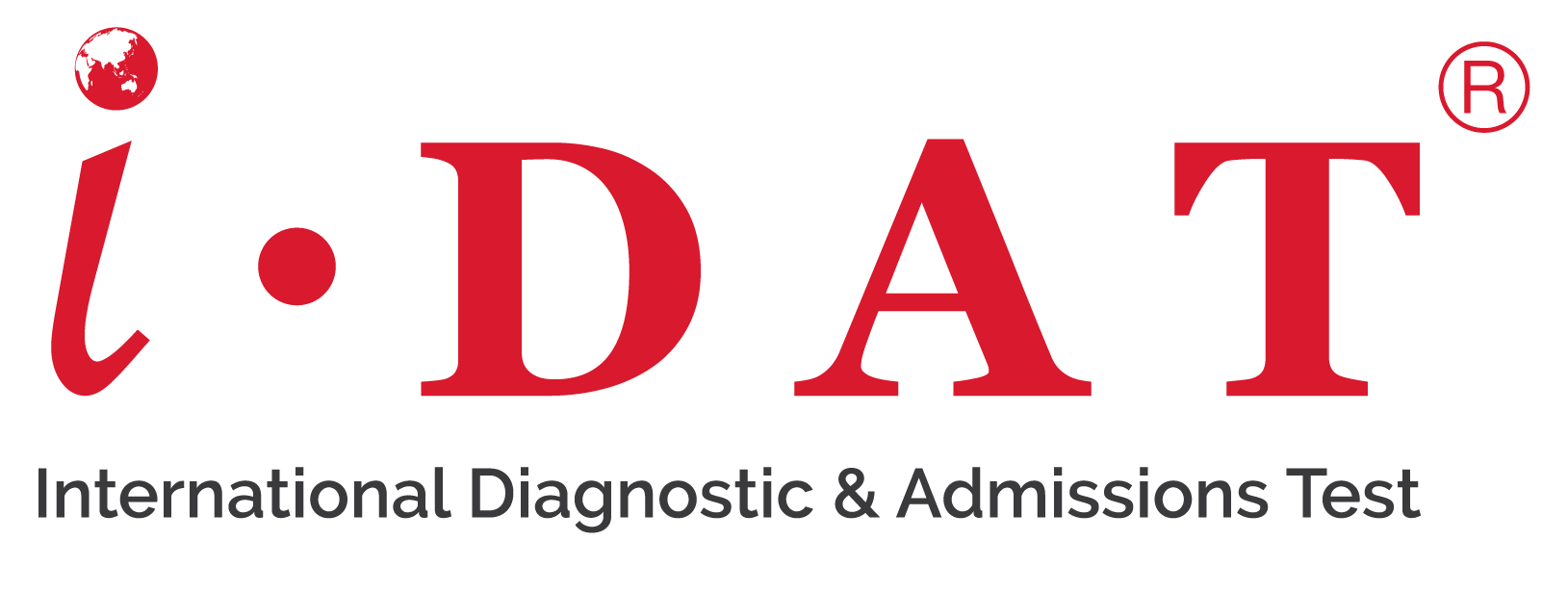SETTING IDAT ENTRY SCORES
THE BENCHMARKING OF SCORES SETTING
The IDAT is a test with 6 levels that serve to assess the following cohorts:
To set ESL scores, we encourage you to look at our benchmarking table to set the scores that best fit the age and level of the students. Keep in mind that the test is over a 2-year stage. Thus, students in the first year of a Stage generally score about 10% lower than students in the second year of the stage. This is based on IDAT data, but differs dependent on student, school and how long the student has been in a particular stage. As with all standardised tests, schools are encouraged to benchmark students internally as well.
The scoring and grades for admissions are designed to be as simple for schools to understand as possible to eliminate ambiguity of interpretation of results. All scores are a percentage for maths and English.

<50%
Not Ready - Extensive Prep required
60%-70%
Ready with Continual Support
80%-90%
Ready
50%-60%
Ready with Significant Support
70%-80%
Ready with Minimal Support
>90%
Classroom Excellence
The character test will be listed as statement of student abilities, preferences and attitudes shown on the multiple. It is entirely up to schools to interpret and use this information as required and needed.
To set school other scores, take a look at the skills and table below. The testing for each level is based on common curricula for age and development from Australia and Canada. However, the skills and levels and quite common across all the continents. There are some exceptions for math, where many Asian and countries and private school curricula will be far advanced beyond the public school systems used as a base for this test development. Students coming from these backgrounds may score exceptionally high on math tests. It is worth noting all testing occurs in English (even for math) and language difficulties may skew the results for other topics, even if knowledge is present.
Mapping of IDAT Results to other Frameworks
See our mapping to common international scales
ESL Scores: For schools looking for more information on the results of the test for ESL students, please see our mapping to common international scales. If you would like more information or mapping to local or national scales, please contact IDAT for this specific information.
Stage 1 – Testing Outcomes for Year 1-2 (UK)/Kindy-Year 1 (USA)
Total test time: 100 minutes
| Stage | English | Mathematics | Global Knowledge | |
|---|---|---|---|---|
| 1 |
|
|
Logic: | Memorised Topics: |
|
||||
Stage 2 – Testing Outcome for Year 3-4 (UK)/ Year 2-Year 3 (USA)
Total test time: 110 minutes
| Stage | English | Mathematics | Global Knowledge | |
|---|---|---|---|---|
| 2 |
|
|
Logic: | Memorised Topics: |
|
||||
Stage 3 – Testing Outcomes for Year 5-6 (UK)/Year 4-Year 5 (USA)
Total test time: 132 minutes
| Stage | English | Mathematics | Global Knowledge | |
|---|---|---|---|---|
| 3 |
|
|
Logic: | Memorised Topics: |
|
||||
Stage 4 – Testing Outcomes for Year 7-8 (UK)/Year 6-Year 7 (USA)
Total test time: 137 minutes
| Stage | English | Mathematics | Global Knowledge | |
|---|---|---|---|---|
| 4 |
|
|
Logic: | Memorised Topics: |
|
||||
Stage 5 – Testing Outcomes for Year 9-10 (UK)/Year 8-Year 9 (USA)
Total test time: 160 minutes
| Stage | English | Mathematics | Global Knowledge | |
|---|---|---|---|---|
| 5 |
|
|
Logic: | Memorised Topics: |
|
Click to View | |||
Stage 6 – Testing Outcomes for Year 11-12 (UK)/Year 10-Year 11 (USA)
Total test time: 170 minutes
| Stage | English | Mathematics | Global Knowledge | |
|---|---|---|---|---|
| 6 |
|
|
Logic: | Memorised Topics: |
|
||||

